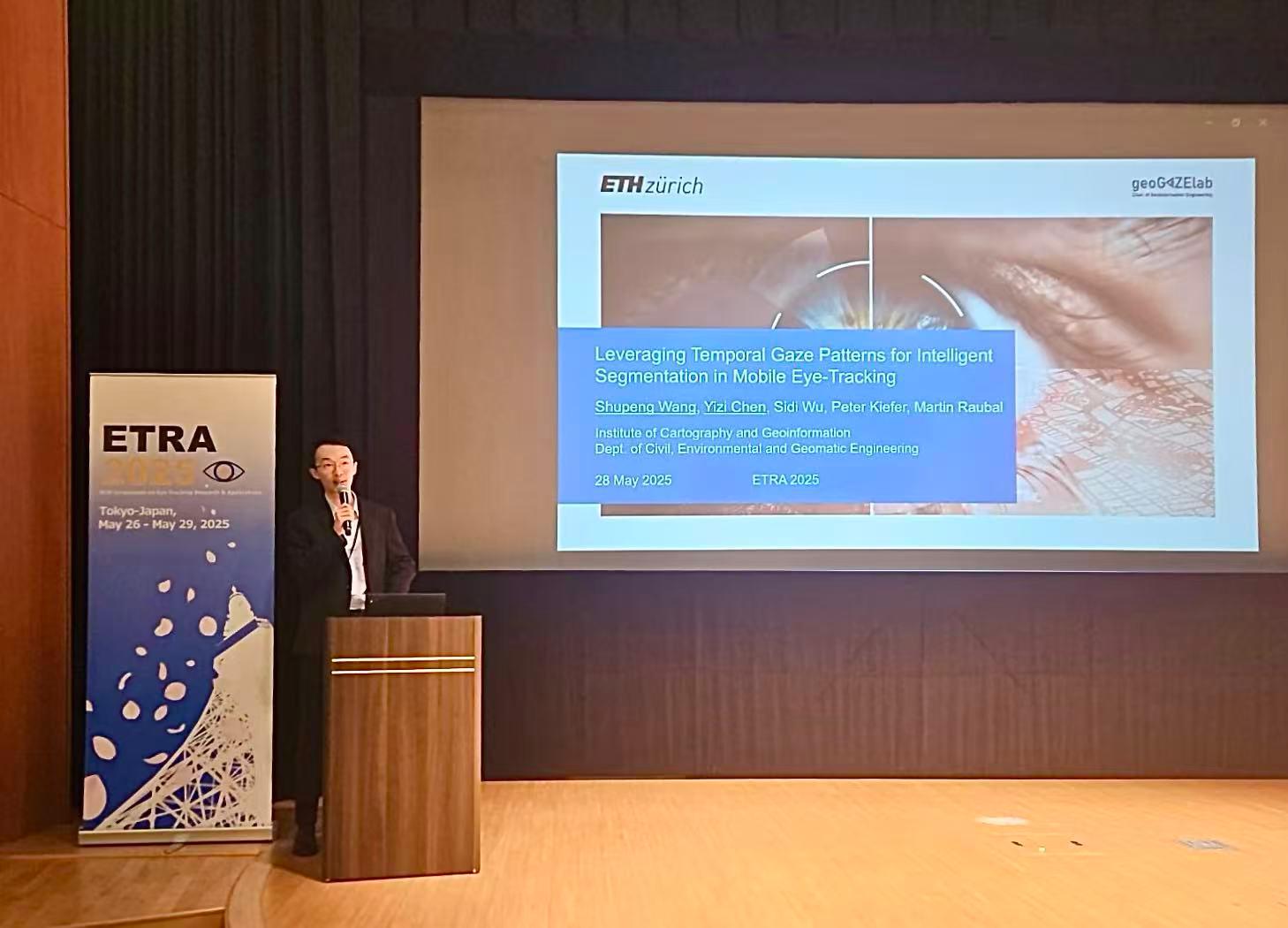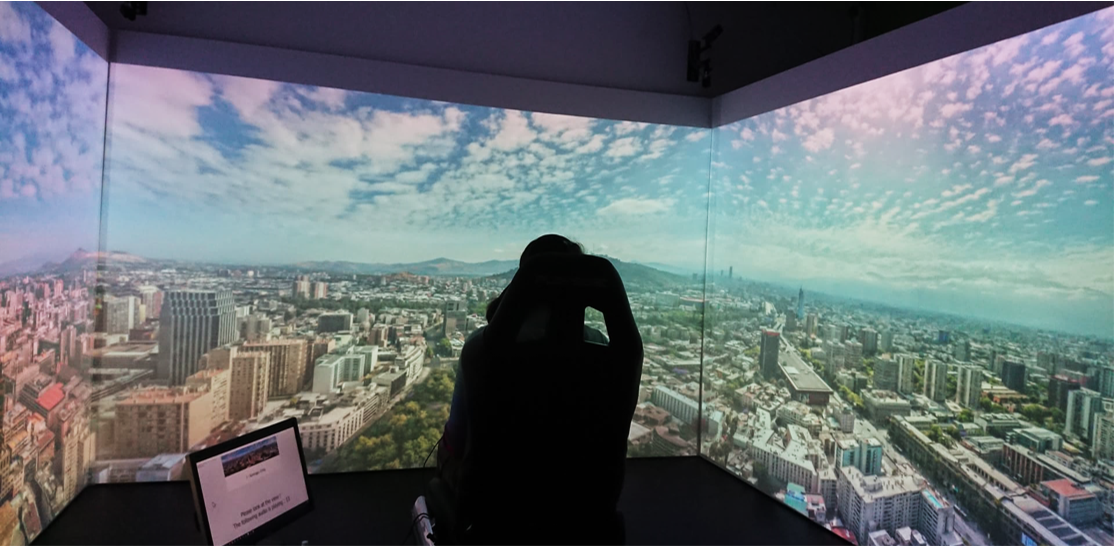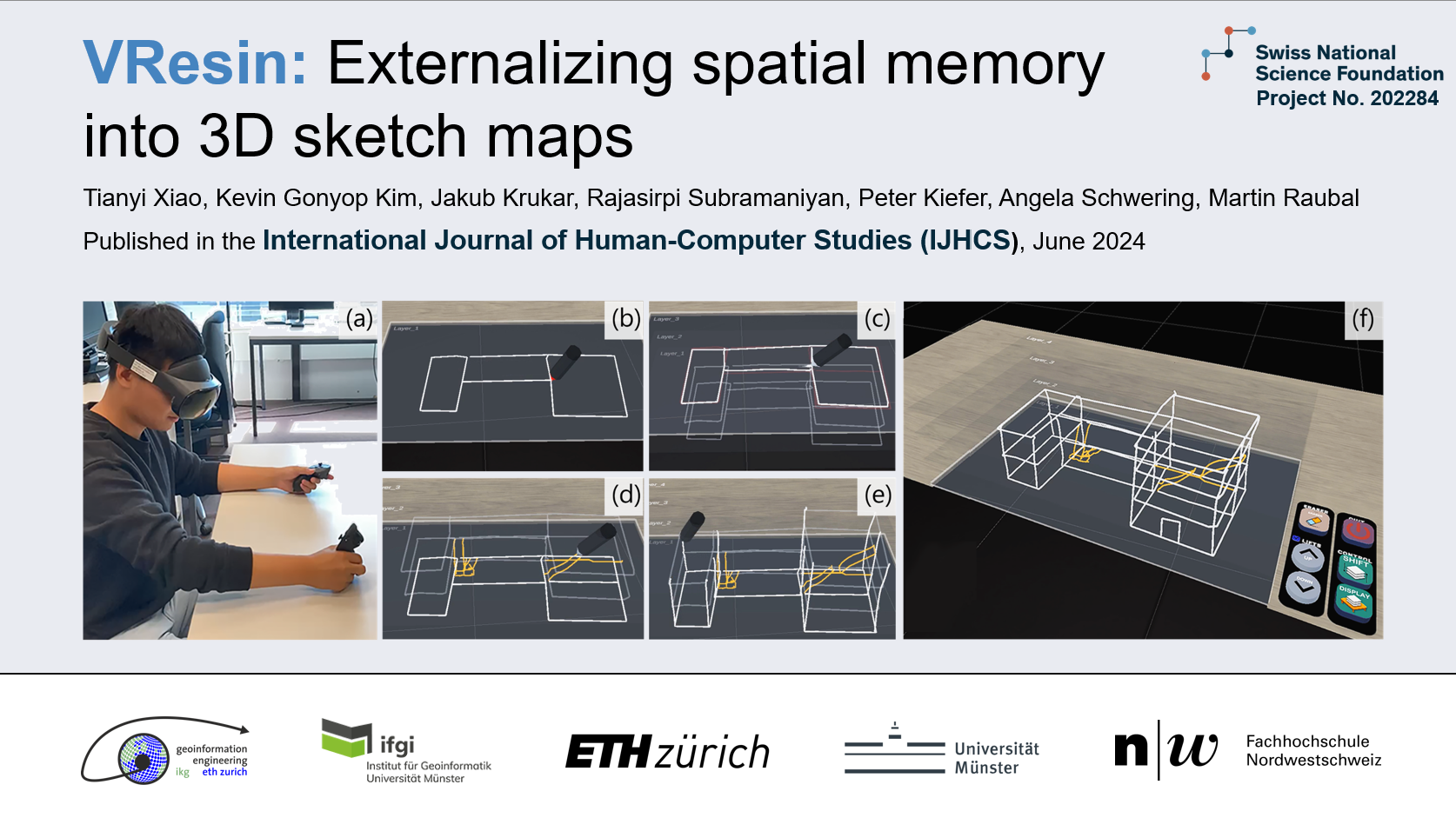We’ll present one full paper and two workshop position papers at CHI in Glasgow this year:
Workshop: Designing for Outdoor Play (4th May, Saturday – 08:00 – 14:00, Room: Alsh 1)
Kiefer, P.(2019) Gaze-guided narratives for location-based games. In CHI 2019 Workshop on “Designing for Outdoor Play”, Glasgow, U.K., DOI: https://doi.org/10.3929/ethz-b-000337913
Workshop: Challenges Using Head-Mounted Displays in Shared and Social Spaces (5th May, Sunday – 08:00 – 14:00, Room: Alsh 2)
Göbel, F., Kwok, T.C.K., and Rudi, D.(2019) Look There! Be Social and Share. In CHI 2019 Workshop on “Challenges Using Head-Mounted Displays in Shared and Social Spaces”, Glasgow, U.K., DOI: https://doi.org/10.3929/ethz-b-000331280
Paper Session: Audio Experiences(8th May, Wednesday – 14:00 – 15:20, Room: Alsh 1)
Kwok, T.C.K., Kiefer, P., Schinazi, V.R., Adams, B., and Raubal, M. (2019) Gaze-Guided Narratives: Adapting Audio Guide Content to Gaze in Virtual and Real Environments. In CHI Conference on Human Factors in Computing Systems Proceedings (CHI 2019), Maz 4-9, Glasgow, U.K. [PDF]
We are looking forward to seeing you in Glasgow!
These researches are part of the LAMETTA or IGAMaps projects.























